You’ll master lost wax casting with three key 3D printing techniques. First, use SLA/DLP technologies for digital pattern creation, achieving 25-micron precision with photopolymer resins that burn out cleanly. Second, optimize wax tree assembly through strategic sprue design that controls molten metal flow and minimizes air pockets. Third, integrate 3D printed wax models directly into investment casting workflows, replacing traditional hand-carved patterns while reducing lead times. These methods transform your casting precision and efficiency beyond conventional approaches.
Digital Pattern Creation Using SLA and DLP Technologies
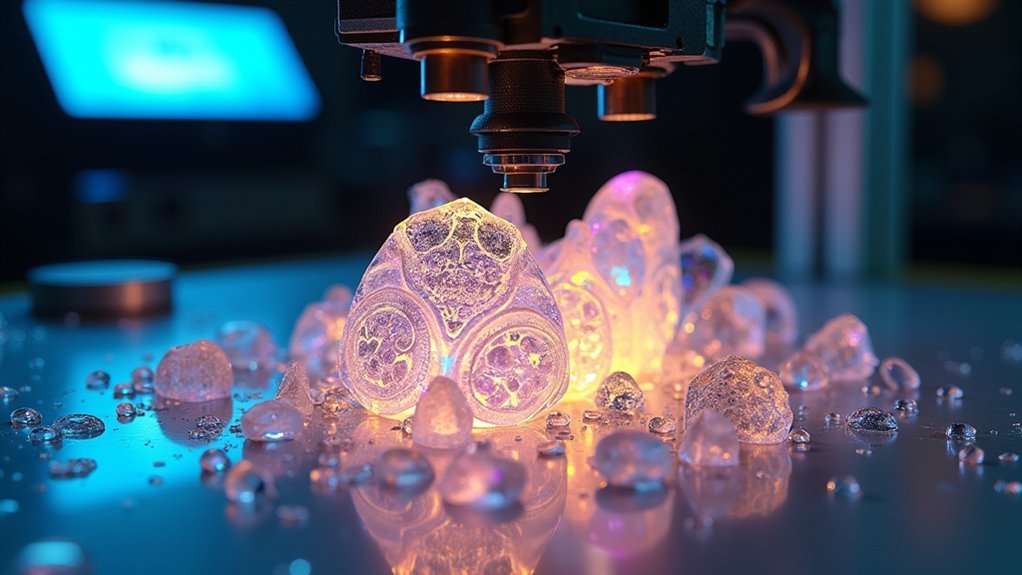
When you’re creating patterns for lost wax casting, SLA and DLP 3D printing technologies offer unmatched precision and detail that traditional pattern-making methods simply can’t achieve.
You’ll find SLA printers like the Formlabs Form series deliver exceptional results with layer resolutions as fine as 25 microns, making them perfect for intricate jewelry designs and dental applications where detail matters most.
DLP technology gives you faster print times by curing entire resin layers simultaneously, ideal when you’re handling larger productions while maintaining high-quality surface finish.
Both technologies use photopolymer resins that burn out cleanly during the casting process, leaving minimal residue in your mold cavity.
Your choice between SLA and DLP depends on whether you prioritize ultimate detail or production speed.
Wax Tree Assembly and Sprue Design Optimization
Once you’ve printed your detailed patterns using SLA or DLP technology, your next step involves assembling them into an efficient wax tree structure that’ll guide molten metal flow during casting.
Effective wax tree assembly requires strategic sprue design to optimize your investment casting results. Each sprue’s diameter and length directly impact how molten metal flows and cools, ultimately determining your metal castings’ quality.
Sprue diameter and length control molten metal flow patterns, directly influencing casting quality and final part precision.
To optimize your casting processes, focus on these critical elements:
- Strategic sprue placement – Position sprues to minimize air pockets and guarantee even metal distribution throughout the mold.
- Balanced tree structure – Arrange multiple parts to create uniform flow patterns during pouring.
- Rubber sprue base integration – Use a proper base to form the entry button, enhancing filling efficiency.
This systematic approach reduces material waste while improving precision in your final castings.
Investment Casting Integration With 3D Printed Wax Models
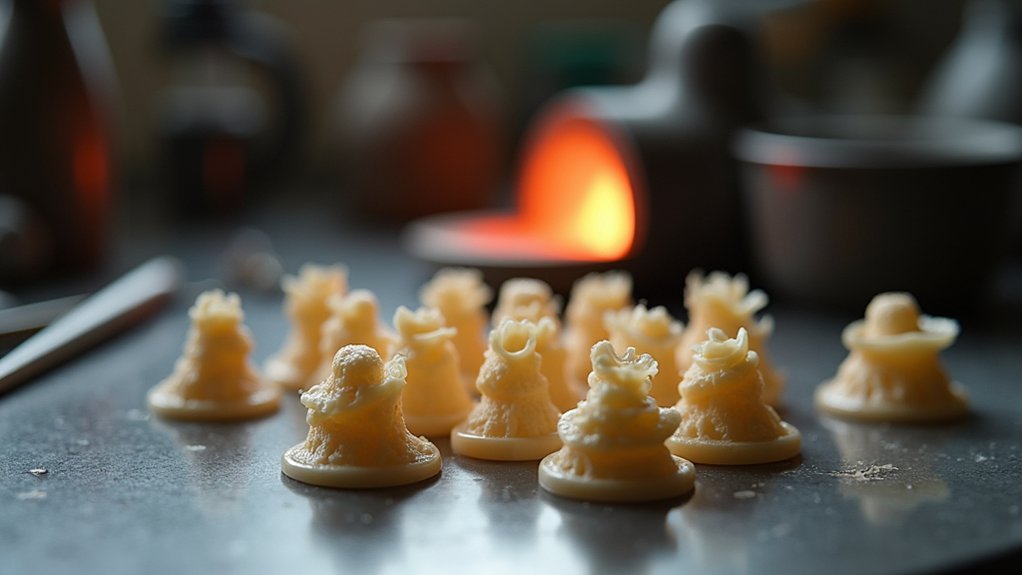
After completing your wax tree assembly, you’ll integrate these 3D printed components into the traditional investment casting workflow where they replace conventional hand-carved or machined patterns.
Your 3D printed wax models burn out cleanly when you pour investment plaster into mold boxes, leaving precise cavities for metal casting. This integration with CAD software lets you modify designs rapidly and reduce lead times greatly compared to traditional Lost Wax methods.
You’ll achieve superior detail reproduction in your final metal parts while minimizing material waste through precise pattern creation. The streamlined workflow eliminates extensive manual craftsmanship, lowering labor costs.
Your investment casting process becomes more efficient as 3D printing enables direct creation of complex geometries that would be difficult or impossible to achieve manually.
Frequently Asked Questions
Can You 3D Print for Lost Wax Casting?
Yes, you can 3D print patterns for lost wax casting using SLA or DLP technologies with specialized wax resins. You’ll achieve detailed patterns that burn out cleanly, streamlining your casting process remarkably.
Can You Do Lost Wax Casting With PLA?
You can’t effectively use PLA for lost wax casting because it doesn’t burn out cleanly at required temperatures, leaving residue that contaminates your mold and ruins casting quality.
Which Wax Is Best for Lost Wax Casting?
You’ll want thermoplastic wax for jewelry and detailed work due to its clean burnout and smooth finish. For 3D printing applications, photopolymer wax works best with SLA/DLP printers for intricate designs.
What Is the Best 3D Printing Technique?
You’ll find SLA offers the best precision for detailed models, while DLP provides faster printing speeds. Both technologies excel with photopolymer wax materials that burn out cleanly during casting processes.

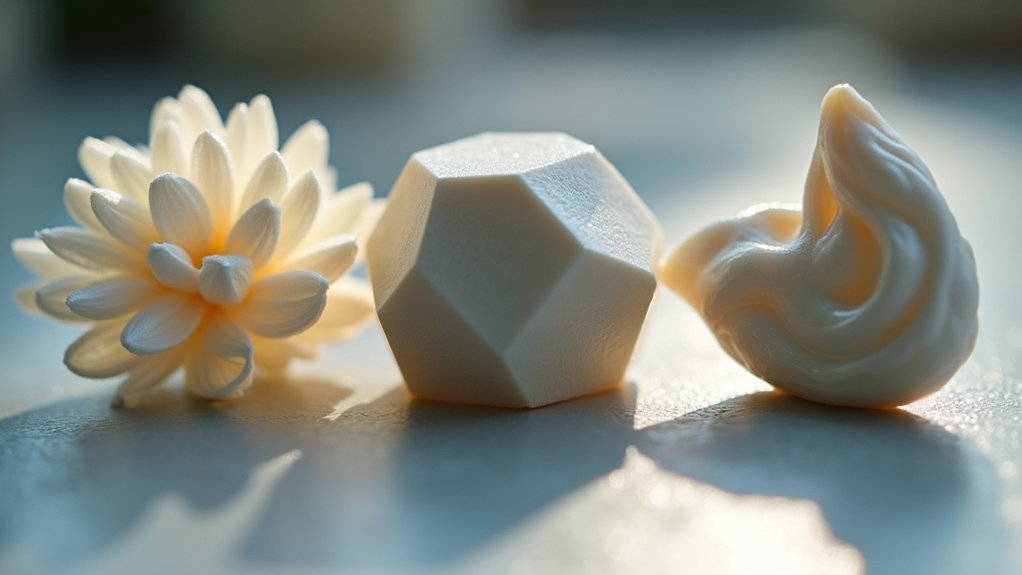
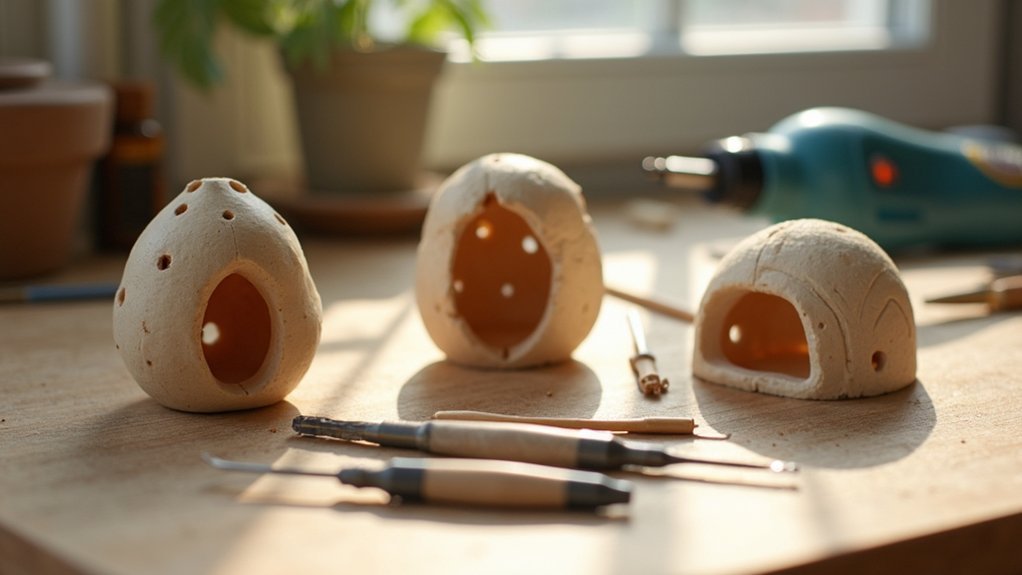
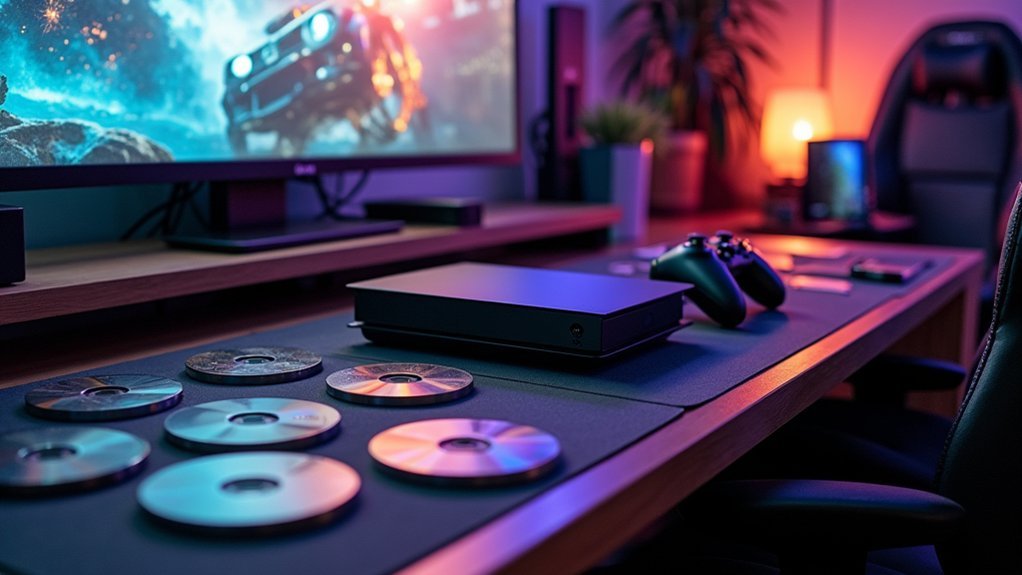
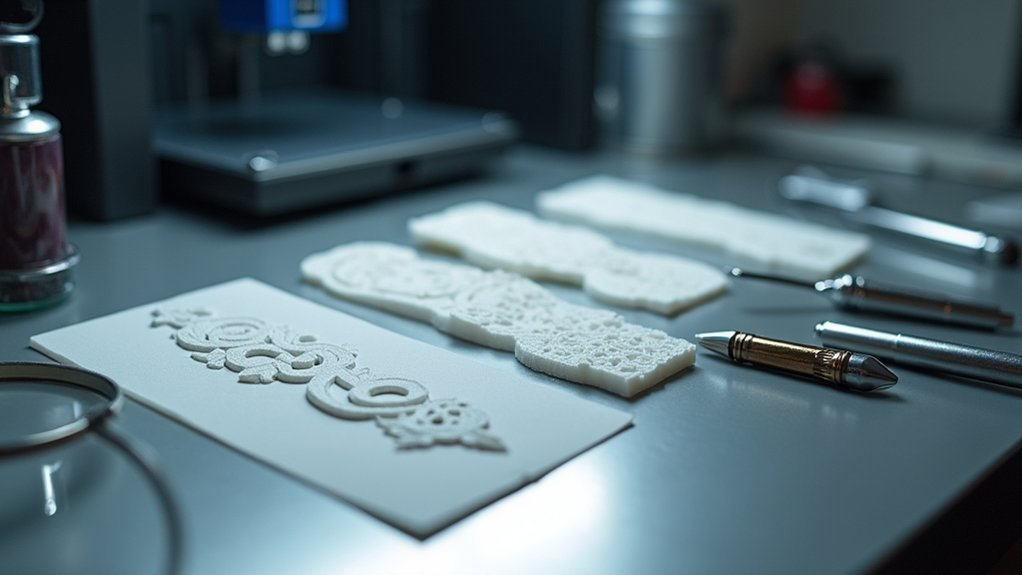
Leave a Reply